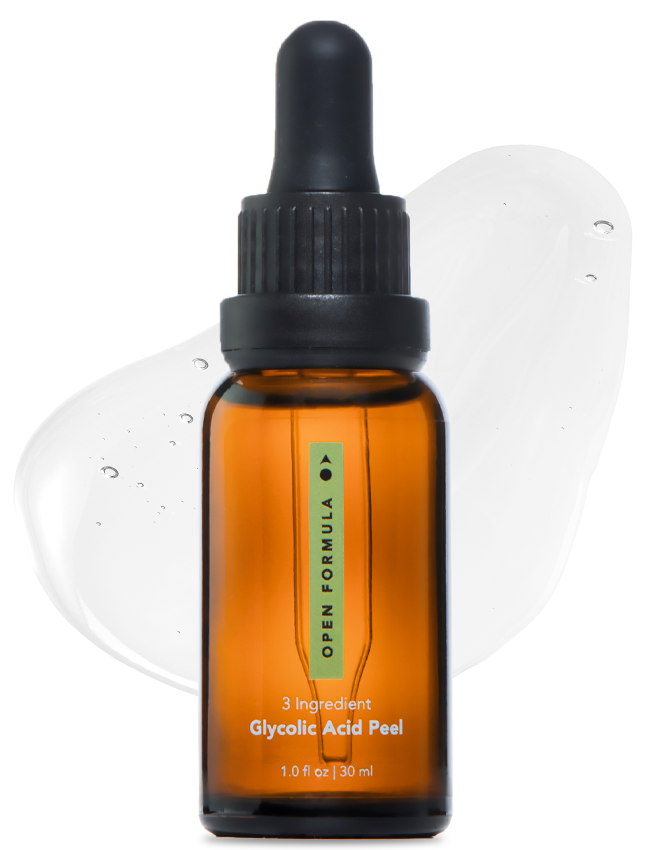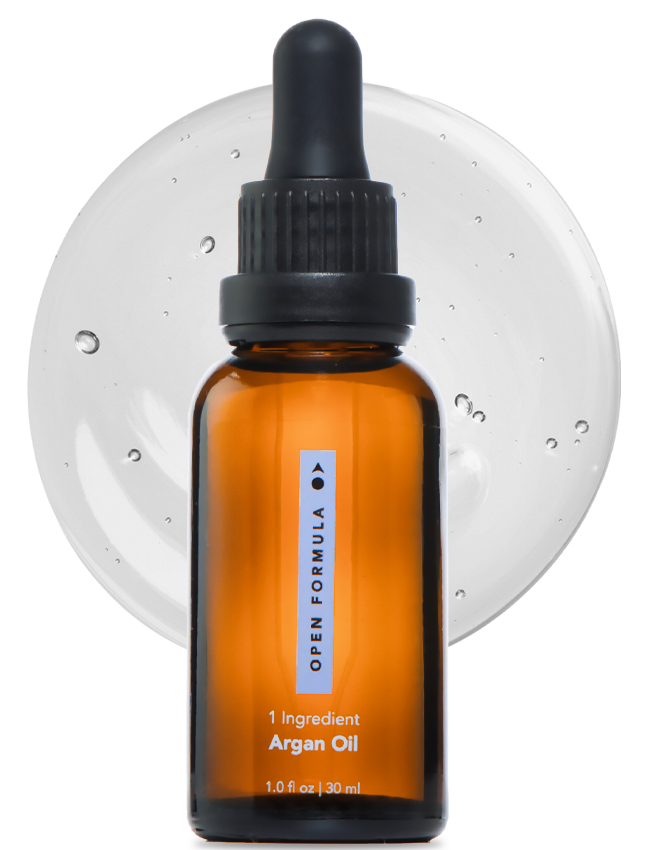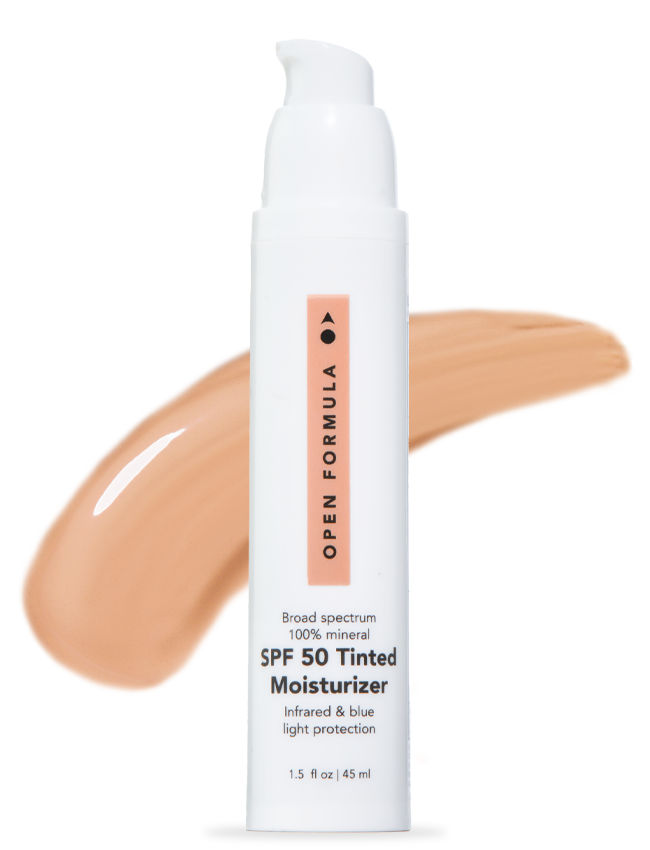Odds are, if you have internet access, you’ve seen at least one dermaplaning facial. The scalpel gracefully gliding over the subject's face, uncovering a layer of ultra-glowing new skin. The blade collects that satisfying clump of dead skin cells and peach fuzz, clear evidence that this is doing something worthwhile for the skin, right?
Or, is dermaplaning just another spectacle for Instagram, akin to Kim K’s infamous vampire facial?
What Is Dermaplaning?
Put simply, dermaplaning is a trained esthetician gently gliding a scalpel over facial skin, exfoliating away the topmost level of dead skin cells and removes vellus hair (peach fuzz) at the same time. Yes, this is quite different from just plain old shaving your face. While regular shaving exfoliates the skin a little, it doesn’t go as deep as dermaplaning does.
During a dermaplane facial, the scalpelling happens after cleansing (so your skin is free of any makeup) and before applying treatments, as freshly dermaplaned skin is much better at absorbing products. But more on that later.
Dermaplaning is pretty popular because of the instant results: new, radiant skin that’s noticeably smooth, fresh, and glowing. What’s not to love? It’s a great procedure that doesn’t require much recovery time, especially compared to peels. While peels are super effective at fading pigmentation, treating acne, and rejuvenating skin, they also have uncomfortable side effects during and after the treatment. These side effects include redness, peeling, and even a burning tingle on the skin.
In comparison, dermaplaning typically has zero discomfort during and after the procedure, aside from some mild redness, similar to that of a close shave. This makes it a pretty attractive option for people who prefer to opt out of the “beauty is pain” mantra. Many, many happy dermaplaning enthusiasts describe the feeling of dermaplaning as nothing more than a light scraping.
What Does Dermaplaning Actually Do?
The million-dollar question is how does dermaplaning actually benefit the skin? Sure, it’s incredibly satisfying to see all that gunk scraped off the skin, but does that really mean it’s effective? There are some key claims attached to dermaplaning. Let’s take a look at some research (or lack thereof) behind its biggest buzz.
Claim 1: Helps Skincare Absorb Better
One of the biggest dermaplane claims is that it makes skin better at absorbing any skincare products applied to it. Why? It's because it removes all the dead skin cells and peach fuzz that would hypothetically get in the way, right? So, in theory, when that obstruction is gone, any products applied to the skin should be that much more effective.
This is backed up by a study that aimed to determine some of the best non-invasive ways to improve the look of pitted acne scars. Dermaplaning, followed by a peel, was found to be much more effective than peels by themselves. By this logic, there has to be something real about its ability to give other products a leg up. If it makes the acid peels that much more effective, this same strategy should translate to your at-home moisturizers and anti-aging products.
Claim 2: Provides Overall Skin-improving Exfoliation
Technically, dermaplaning falls into the category of physical exfoliation—much like dermabrasion, another professional-grade service. Ensuring that skin is properly exfoliated does a lot for skin in basically every way. By definition, exfoliation is just removing all the dead skin cells on the surface of the skin. But it does way more for skin than simple skin cell disposal.
Exfoliation stimulates cell turnover for smoother, more radiant skin. Our skin cell turnover naturally decreases as we age, which is why our skin tends to look better when we’re younger. Dermaplaning, as a form of exfoliation, can help ward off the signs of aging for longer by providing a super effective and low-irritation type of exfoliation.
Anti-aging and adding glow isn’t the only thing that exfoliation does, though. Exfoliation can also work to decrease hyperkeratosis, the process when keratin skin cells don’t naturally shed on their own, and end up blocking pores. Dermaplaning gets rid of these pore-clogging cells, improving skin texture and relieving congestion.
Claim 3: Makeup Applies Better
Again, this is more of an anecdotal claim, than one with research behind it. But it’s an assertion that comes up time and time again. Droves of women swear that their makeup applies flawlessly in the days getting dermaplaning done.
(You’re not supposed to wear makeup right afterwards, FYI. Your skin is way too fresh to handle makeup at that point!)
The exfoliation alone should help even out the appearance and application of makeup, but it could also be the hair removal aspect of dermaplaning.
Even though they're not visible, everyone has a tiny bit of peach fuzz on their face—yes, even men have them alongside their regular facial hair. It's possible that this lighter strain of hair affects how makeup applies. When it's completely removed after dermaplaning, the skin is left as a super smooth and blank canvas. So it's no wonder that makeup goes on better.
Can I Do It Myself?
The best place to get dermaplaning done is at an esthetician's office. This treatment involves a surgical-sharp scalpel. You don’t want anyone less than qualified running that along your face, or we could have a Sweeney Todd situation on our hands.
That includes yourself, by the way. While yes, there are lots of videos online of influencers shaving their own faces with eyebrow razors, and lots of other grooming blades, that's not quite the same as a proper dermaplaning facial. Plus, those razors just aren't as sharp (in the hands of a layman, that's probably a good thing) and won't actually exfoliate as evenly as you want them to. The main reports of dermaplaning gone wrong consist of at-home or makeshift treatments. The bottom line is to leave it to the licensed professionals and your skin will thank you for it.
Who is Dermaplaning For?
So, there is a little bit of bad news. while dermaplaning can offer a wide menu of skin improvements, there are some things to consider. For example, it’s not generally recommended for those that have active cold sores or acne, especially cystic or hormonal acne. There’s a higher chance of irritating the skin and spreading acne-causing bacteria and even herpes throughout the face if you go into a dermaplaning session with either of these conditions flaring up.
It’s also one you might want to pass on if you have rosacea or skin that’s extremely sensitive to exfoliation. You could irritate your skin and potentially damage your moisture barrier.
Otherwise, a dermaplane facial is an impeccably safe, effective way to exfoliate, if you can reconcile the price tag.






























